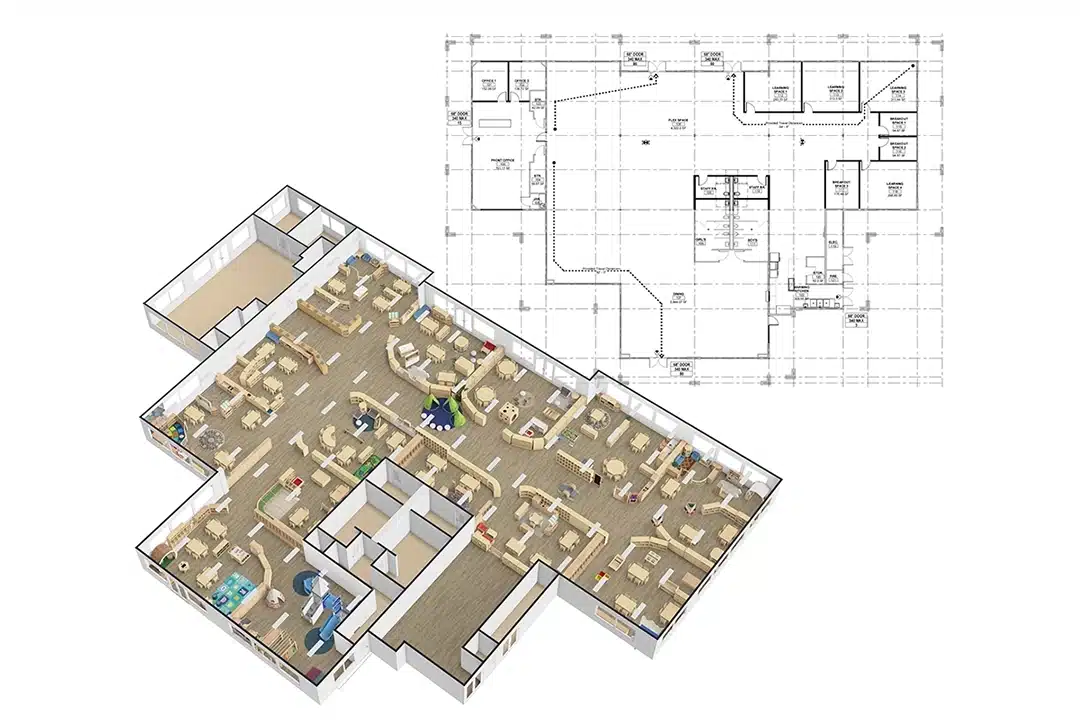What Is Montessori Furniture? A Practical Guide for US Preschools

Montessori furniture is designed to support independence, order, and purposeful learning. This guide explains what Montessori furniture truly is, its key characteristics, and how it functions in real preschool classrooms, beyond style or trends.
What Is Tummy Time and Why Is It Important for Babies?
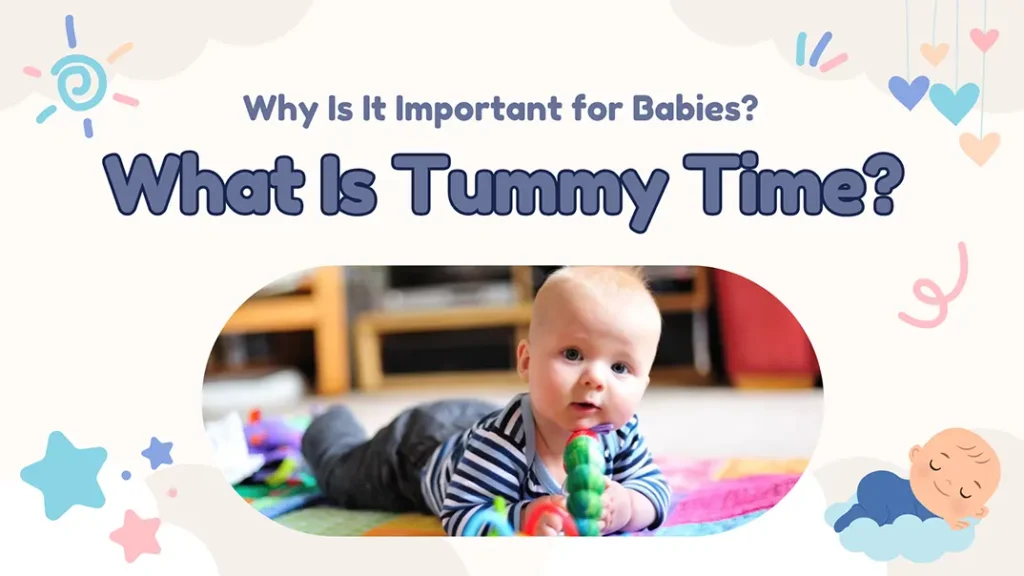
Tummy time is the practice of placing a baby on their stomach while they are awake and supervised. It is an essential daily activity that helps babies develop strength, coordination, and motor skills. This article explains what tummy time is, why it matters for healthy physical development, and how to do tummy time.
Daycare Furniture List for US Preschools: A Practical Classroom Setup Guide
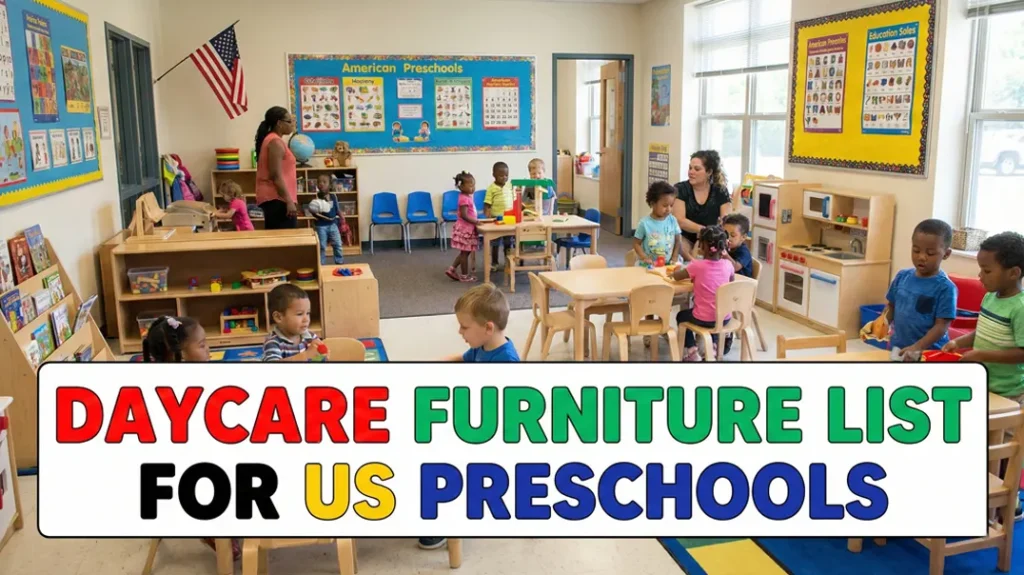
This guide explains how to plan, arrange, and source preschool furniture in the United States. It covers common classroom layout mistakes, age‑appropriate furniture logic, safety and compliance considerations, and practical tips for choosing reliable furniture suppliers for American preschools.
Safety Guidelines for Daycare Furniture

This detailed guide outlines key safety guidelines for daycare furniture, covering age-appropriate design, safe materials, proper layout, and maintenance. Ideal for daycare providers and early childhood educators aiming to create safe, supportive learning spaces for young children.
What Is Mirror Play? Benefits Activities
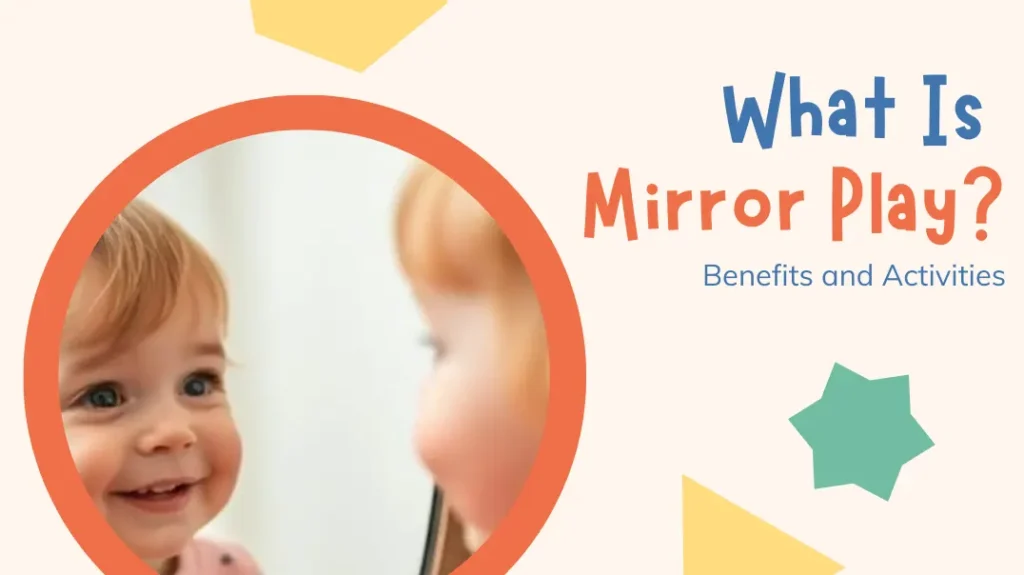
This guide takes a deep dive into Mirror Play, a vital yet often overlooked activity in early childhood development. We break down the science behind why babies and toddlers are fascinated by their reflections and how this simple interaction builds complex cognitive skills like self-awareness and object permanence. You will find practical, age-appropriate activities ranging from tummy time for infants to creative art projects for preschoolers. We also cover how to set up a safe, engaging environment using the right types of mirrors. This article provides everything parents and educators need to turn a simple reflection into a powerful learning tool.
Get Classroom-Ready Fast with Xihamontessori Classroom Lists
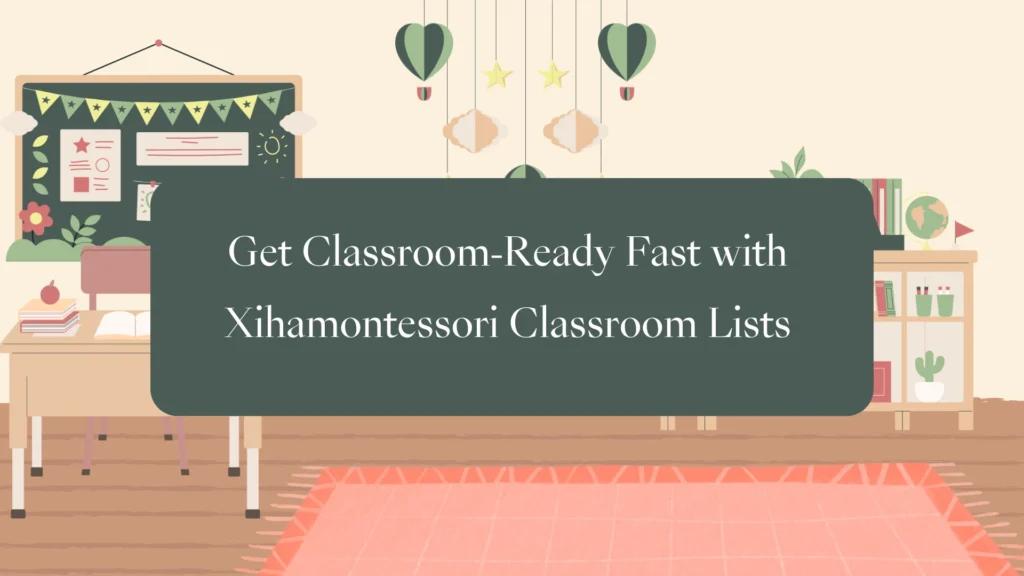
Discover how XihaMontessori’s custom Classroom Lists help you plan, furnish, and organize Montessori classrooms of any size or age group with confidence. Get expert-selected materials, layout support, and flexible recommendations tailored to your needs.
2025 Latest Daycare Floor Plan Design Ideas
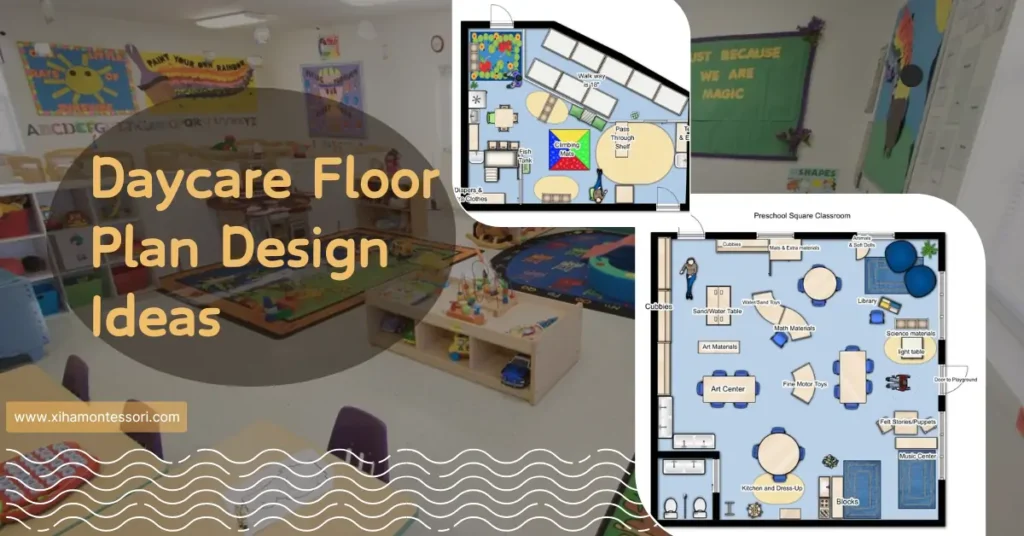
Discover innovative daycare floor plan ideas for 2025 that blend flexibility, safety, and creativity. From open spaces to dedicated learning zones, these designs enhance traffic flow, maximize space, and create engaging environments aligned with modern educational philosophies.
20 Fun Classroom Attention Getters for Kids
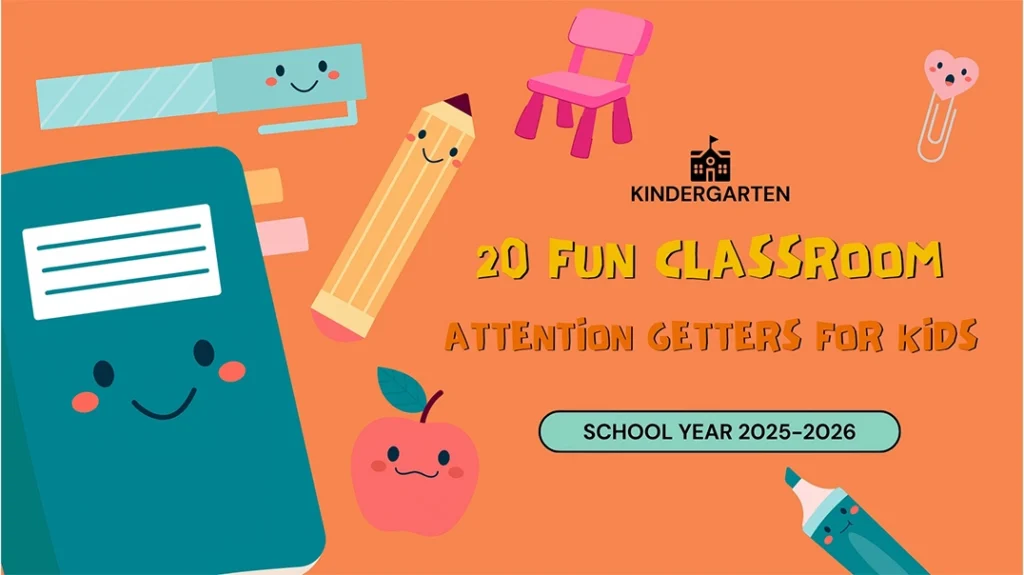
Learn how to use attention getters for kids to improve focus, reduce classroom disruptions, and support smoother transitions. This guide also explores how preschool furniture and consistent routines play a key role in effective classroom management for early learners.
Winter Fitness: 7 Indoor Exercise for Kids
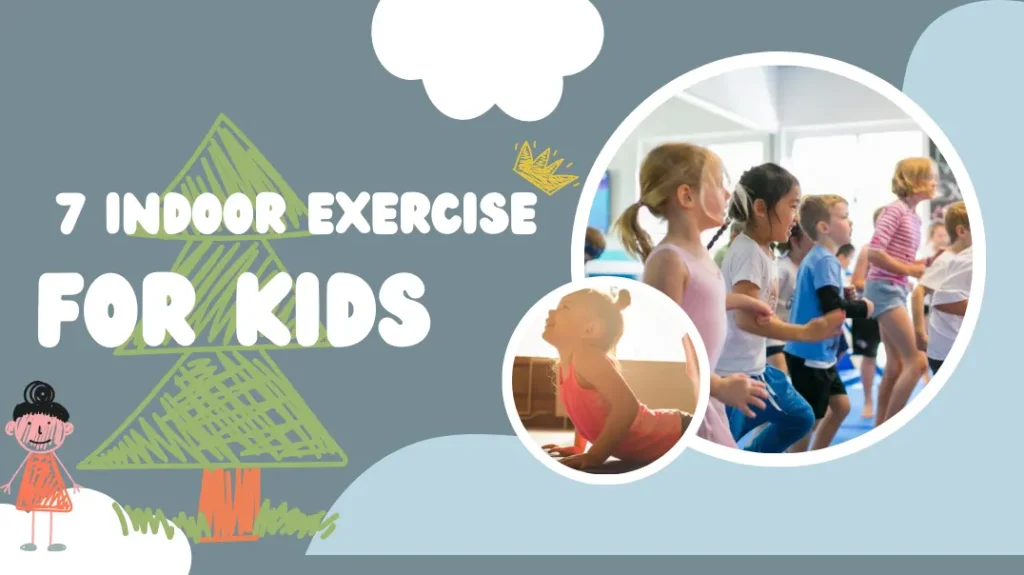
Winter often leaves preschoolers full of energy but with limited options to move around. Indoor exercise for kids becomes essential in early learning environments where outdoor play isn’t always possible. This article shares seven creative and effective activities that keep children active while supporting their physical and social development. From yoga and hopscotch to fun dance sessions and scavenger hunts, these exercises offer both structure and freedom to move. You’ll also find smart tips for setting up safe indoor play areas and keeping kids motivated throughout the colder months.




